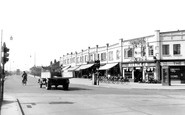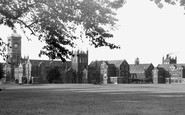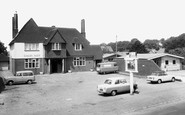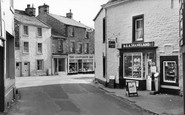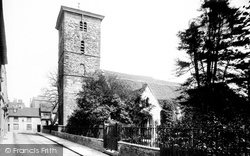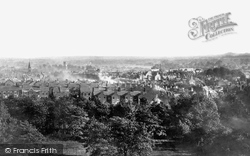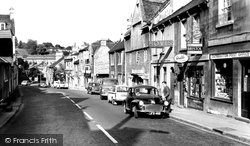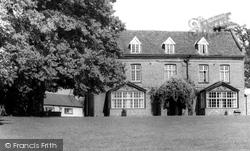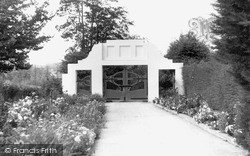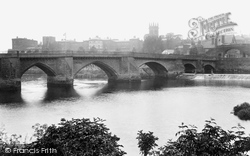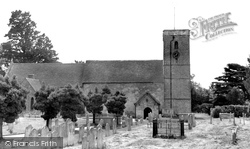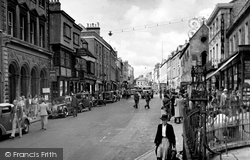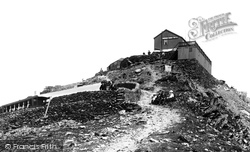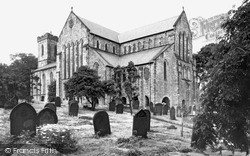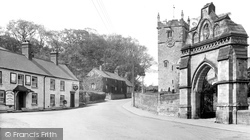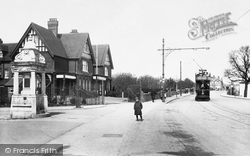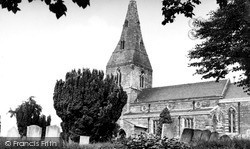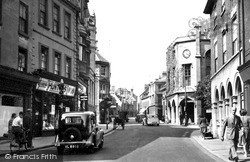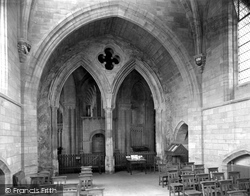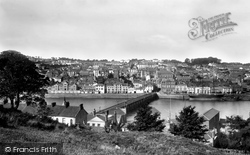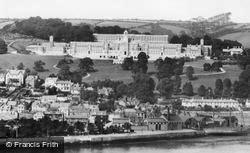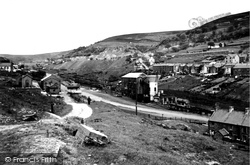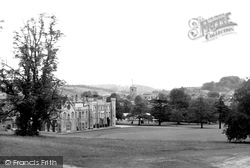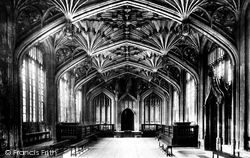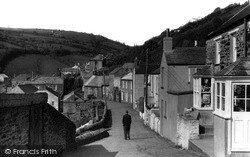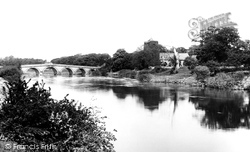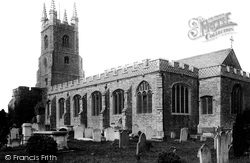Places
Sorry, no places were found that related to your search.
Photos
5 photos found. Showing results 201 to 5.
Maps
83 maps found.
Books
Sorry, no books were found that related to your search.
Memories
1,127 memories found. Showing results 101 to 110.
Westerham From 1954 1965
I moved to Westerham in 1954 from London aged 7.. the smogs were too much. I went to Hosey School and remember teachers, especially Mr Goldsmith. Memories include parading outside the school and raising our caps when ...Read more
A memory of Westerham by
West Meon Hut , West Meon , Hants
My Grandparents , Ernest and Lottie ( Charlotte ) Dickaty ran the West Meon Hut from the late 1920's through the WW2. Although they had sold the pub by the time I was born I spent many happy days with my parents , ...Read more
A memory of West Meon by
Wedding
On March 21st this year it will be 50 years since my mum and dad, Christine Hole and Islwyn (Eddie) Griffiths, got married at this lovely country village church. This is not a personal memory, but I have seen photos of the day back in ...Read more
A memory of Bishop Sutton in 1959 by
We The Harris Family Lived In 86 Dagenham Road
Hi all, I was born at No 86 Dagenham Road which at the time was Harris and.sons Greengrocers shop born in 1943 and lived there until1961. My Brothers Richard John and Norman used to manage the shop ...Read more
A memory of Romford in 1943 by
Watford 1939 1945
1942 was the year I left School after 4 years at Alexandra Road School, but I started work after school long before that. I had a paper round on the Cassiobury Estate when I was 11, then delivered groceries for Tesco's and later ...Read more
A memory of Bushey in 1942 by
Waterlooville
My name at the time was John Hancock and I lived in Stakes Hill Road, Waterlooville, Hampshire before Philip Road was built. With fields opposite my home and the Convent Church along the way, it was so idyllic. The horse and cart ...Read more
A memory of Cowplain in 1952 by
Wartime And Later
My mum and I were evacuated to Ingleton during WWII from Wallasey in the Wirral, after we had been bombed out. We lived at 129 New Village and when we went back to Wallasey after the end of the war, my Grandparents, Mr and Mrs ...Read more
A memory of Ingleton by
Wartime Memories Of Hay Part Two
Memories of Hay during the Second World War: Part Two. (Continued from Part One) Thoughts of 'Dad's Army' remind me that the local Home Guard occasionally used Forest Road for some kind of exercise. I've dim ...Read more
A memory of Hay-on-Wye in 1940 by
Wartime Memories Of Hay Part Three Final
Wartime Memories of Hay: Part Three. (Continued) Apart from Ration Books and the coupon implications for restricted purchase of food and clothing, my own recollections of life in Hay during World War ...Read more
A memory of Hay-on-Wye in 1940 by
Wartime In Buckland As I Can Recall
Om my first day at the little school on the green I carried around my neck a box illustrated with Mickey Mouse. It contained a mask smelling horribly of rubber and talcum chalk. I was left in tiny ...Read more
A memory of Buckland in 1940 by
Captions
1,233 captions found. Showing results 241 to 264.
Like many of the town's churches, it is built from salvage from the Roman town: bricks for arches, quoins and bands, and rubble and septaria (inferior stone nodules) for the rest.
Of the priory, however, little remained even in 1900, save for the remains of the cloisters and a stone arch.
This follows the course of a much older road, the Roman 'Fosse Way', which runs from the 'colonia' of Lincoln to Axminster in Devon, built as a military road around 47 AD.
Two of its three arches were destroyed during the Civil War, and a replacement now stands there. There are many lovely old buildings in the vicinity, such as Bank House.
The entrance arch, with its green gates, was demolished in the 1980s to allow access for lorries building the new leisure centre.
The old bridge with its seven irregular arches dates from the late 13th century, and was partially rebuilt in 1347-58.
The long narrow nave has a fine Norman doorway, and there is a Norman arch in the south wall which led to the priory.
The ornate arched building on the left is the YMCA.
There are several viaducts on the railway; one is 500ft long, and has 14 arches each with a 30ft span.
In 1908 the east end of the chancel was extended and the transepts added; the gradient of the site was such that the architect, Temple-Moore, designed a structure supported on a round-arched undercroft
On the right are the tower of All Saint's Church and the Admiral's Arch.
A much changed view: this shows the old Caversham Hotel on the Reading approaches to Caversham Bridge, with the electric tram No.9 at its terminus.
There are several Norman features inside including the south doorway and chancel arch. The tower is late 13th-century and the spire has chamfers which reach halfway up.
The petrol station in the centre of the market place was the Town Hall with an open arcaded ground floor, the arches now glazed. It dates from 1764, and surely deserved a better fate.
Here, where South Gate meets North Gate, are the town's finest commercial buildings, such as the HSBC bank of 1903 on the left and the Sessions House of 1830 in Gothick style with a pointed arched ground
The twin arches, with the quatrefoil over, are all that remain of the 13th-century Lady Chapel.
The bridge, with its many arches, each of a different span, is 13th-century.
This masterpiece of grand architecture was built (1902-05) by Sir Aston Webb, who was also responsible for the eastern façade of Buckingham Palace and for Admiralty Arch, both in London.
This area, however, was already occupied at a much earlier date - a Bronze Age axe was found at a settlement at Llanerch Padarn higher up the valley. The colliery finally closed in 1982.
From the arches of the Georgian Guildhall the camera looks down White Hart Street. The buildings on the right replace medieval market place encroachment.
The photograph depicts the school's magnificent vaulted roof, which consists of four arches and is beautifully decorated with figures and coats of arms.
At the far end of the lane is the Portloe United Church, and just this side of it are the two arched openings of the old village limekiln.
The seven-arched bridge is made from sandstone. It was designed by John Gwynne, a founder member of the Royal Academy, and constructed in 1771.
It dates from Norman times, but parts of an older arch, containing some Roman bricks, may be seen in the nave. The large west tower was built in the late 15th century.
Places (0)
Photos (5)
Memories (1127)
Books (0)
Maps (83)


